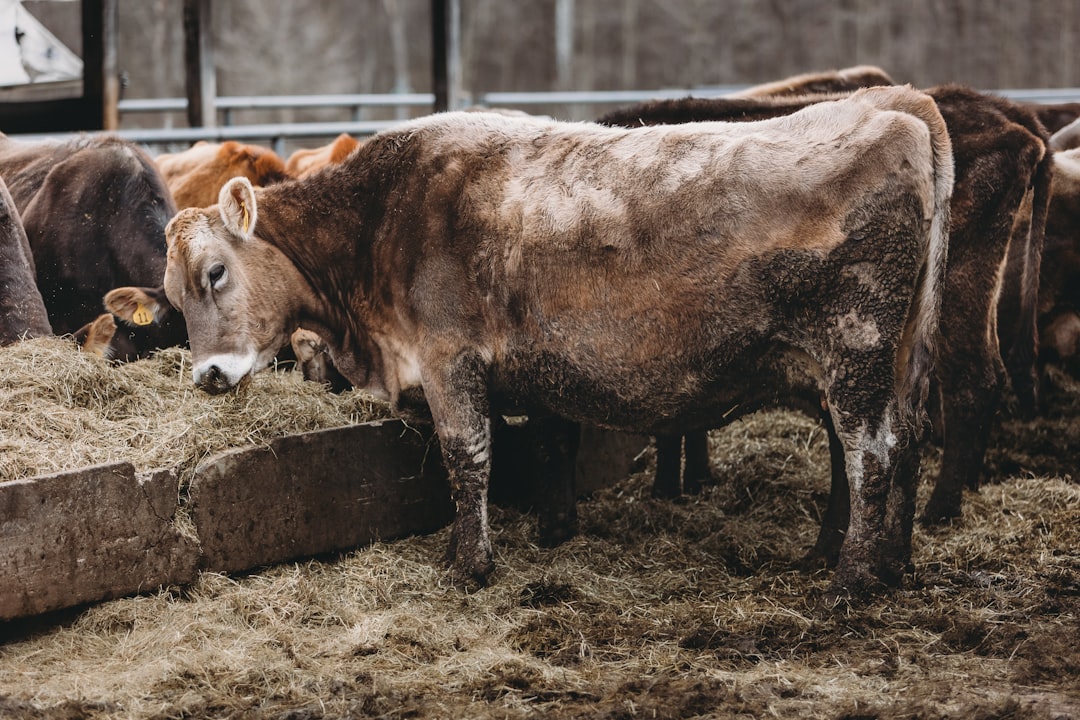Dairy herd health is a critical component of successful dairy farming, impacting both animal welfare and farm profitability. Common ailments like mastitis and lameness can significantly reduce milk production and increase veterinary costs. Here’s a comprehensive guide to preventing and managing these conditions, focusing on global best practices and strategies.
Mastitis Prevention and Control
Mastitis is one of the most prevalent and costly diseases affecting dairy herds worldwide. Effective prevention involves a combination of hygiene, cow comfort, and diagnostic testing:
-
Hygiene Practices
-
Milking Routine: Wear gloves, pre-dip teats, and sterilize milking equipment to reduce bacterial contamination.
-
Post-Milking Care: Apply a thick iodine-based post-dip or barrier dip to protect the teat canal.
-
Clean Bedding: Regularly replace bedding materials to prevent bacterial growth.
-
-
Cow Comfort
-
Ensure adequate ventilation and maintain clean living conditions to reduce stress and bacterial exposure.
-
Keep cows standing after milking to allow teat ends to close, preventing bacterial entry.
-
-
Diagnostic Testing
-
Regularly monitor milk quality through somatic cell counts (SCC) and culture tests to identify mastitis early.
-
Use diagnostic services to identify causative bacteria and guide treatment.
-
Lameness Prevention and Management
Lameness is a significant welfare issue affecting dairy cows, impacting mobility, milk production, and fertility:
-
Mobility Scoring
-
Regularly assess cow mobility using a scoring system (0–3) to detect lameness early.
-
Treat lame cows promptly, ideally within 48 hours, to reduce lameness prevalence.
-
-
Hoof Care
-
Implement regular foot trimming by trained personnel to maintain even foot balance.
-
Use footbaths to control infectious foot diseases like digital dermatitis.
-
-
Housing and Flooring
-
Ensure cubicles are well-designed, clean, and adequately bedded to promote lying times and reduce lameness.
-
Provide non-slip walking surfaces, such as rubber mats, to soften concrete floors.
-
Biosecurity and Vaccination
Implementing robust biosecurity measures and vaccination programs is crucial for preventing the spread of diseases:
-
Biosecurity Protocols
-
Quarantine new animals, test for diseases, and maintain hygiene standards to prevent disease introduction.
-
Limit farm visits and ensure visitors wear farm-specific clothing to reduce external contamination risks.
-
-
Vaccination Programs
-
Develop and adhere to vaccination schedules to protect against common pathogens like BVD and IBR.
-
Monitor herd health through regular testing to adjust vaccination strategies as needed.
-
Data-Driven Decision Making
Utilizing data and technology can enhance disease prevention and control:
-
Herd Management Software
-
Leverage digital tools to track cow health, reproductive performance, and milk production metrics.
-
Use data analytics to identify trends and areas for improvement in herd health management.
-
-
Activity Monitoring Systems
-
Implement systems that track cow activity and mobility to detect early signs of lameness or stress.
-
Conclusion
Maintaining dairy herd health requires a proactive approach, combining effective disease prevention strategies with robust management practices. By focusing on mastitis and lameness prevention, implementing biosecurity measures, and leveraging data-driven decision making, dairy farmers can improve animal welfare, reduce veterinary costs, and enhance overall farm productivity.
Additional Resources
For more detailed information on dairy herd health management and disease prevention strategies, consider the following resources:
-
Dairy Herd Health Management Guides: Consult local veterinary services or extension offices for region-specific advice.
-
Biosecurity Protocols: Develop farm-specific biosecurity plans with the help of veterinary experts.
-
Herd Management Software: Explore digital tools that can help track and analyze herd health metrics.
Citations:
- https://www.bdspublishing.com/_webedit/uploaded-files/All%20Files/Bookshop/Dairy%20herd%20health%20extract.pdf
- https://www.mountvets.com/mastitis-prevention-tips/
- https://www.cafre.ac.uk/business-support/agriculture/dairy/dairying-technical-support/lameness-prevention/
- https://www.mdpi.com/2306-7381/9/3/125
- https://farmlab.ie/how-do-you-prevent-mastitis-in-dairy-cows/
- https://www.dairyconservation.org/practices/lameness-prevention-and-monitoring
- https://www.marketsandmarkets.com/Market-Reports/dairy-herd-management-market-36572220.html
- https://www.dairynz.co.nz/animal/mastitis/preventing-mastitis/
- https://www.sruc.ac.uk/media/40pk351l/tn599-lameness.pdf

Comments
No comments yet. Be the first to comment!
You must be logged in to comment. Login